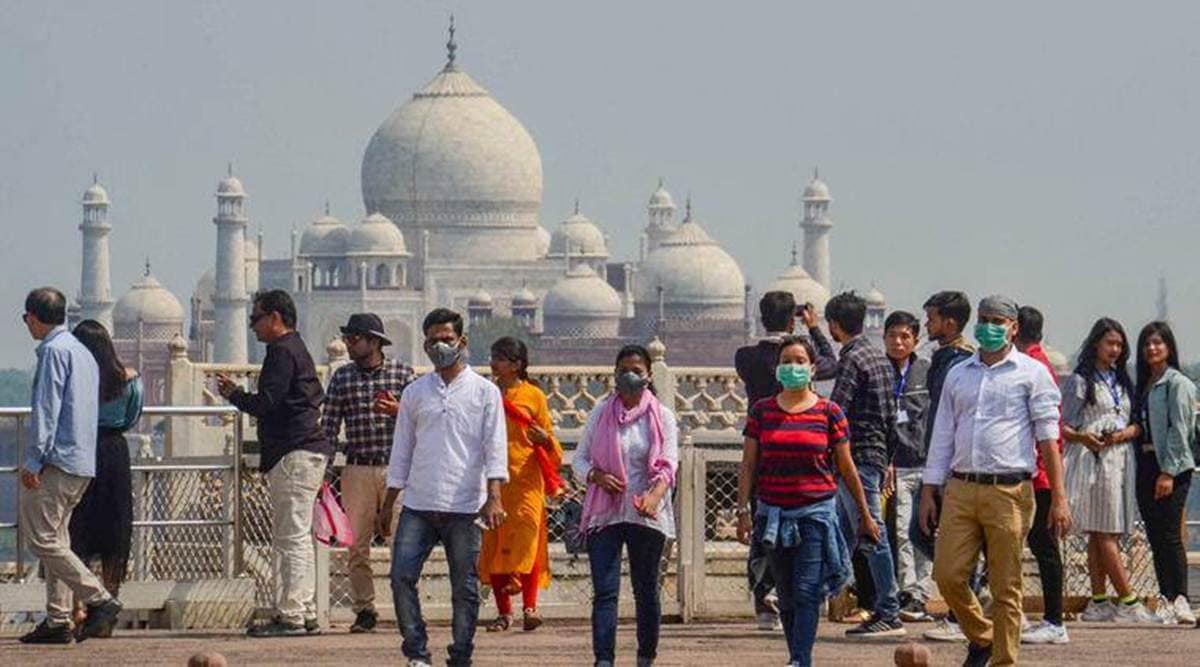 10,000 visitors can now visit the Taj Mahal on a given day.
10,000 visitors can now visit the Taj Mahal on a given day.The Archaeological Survey of India (ASI) has revised the standard operating procedures (SoPs) issued in wake of the Covid-19 pandemic and has removed the cap on total number of visitors per day at centrally protected monuments.
However, the final decision on the number of tourists to be allowed inside monuments has been left to the discretion of superintending archaeologists and district magistrates, considering the pandemic situation and local restrictions.
Sources said there were repeated demands raised by tour operators and hotel owners in Agra for the cap on visitors to be lifted. However, the ASI insists that all social distancing and hygiene-related protocols, and thermal scanning are still to be strictly observed. With the cap on visitors lifted, as many as 10,000 visitors can enter the Taj Mahal on any given day, as opposed to the cap of 5,000 visitors per day since September 21, when the monument reopened after six months of lockdown.
“Not just the Taj Mahal, the cap on the number of visitors at the neighbouring Agra Fort has also been relaxed to 4,000 from the existing 2,500,” confirmed Vasant Swarnkar, Superintending Archaeologist, ASI’s Agra Circle.
The revised SoPs also allow for the sale of physical tickets to visit the centrally protected monuments and heritage sites, where networks may be erratic and e-tickets may not always be possible.
The order also permitted the resumption of sound and light programmes at the monuments.